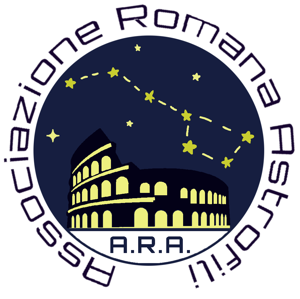Tunable filter absorption line spectroscopy of the Galactic bar. Metallicity gradients
The stellar metallicity distribution of stars can be a very useful tool
to constrain the chemical evolution models reproducing different
formation scenarios for the Galactic bulge. However, classical
spectroscopy of individual stars is observationally expensive, and the
surveys done so far have been unsuccessful due to the low number
statistics. Recently, the advent of tunable filter tomography has opened
a new way to obtain low-resolution spectroscopy of large samples of
stars. We present preliminary results on an on-going study to measure
the stellar metallicity at two different locations along the Milky Way
bar (l=15^{o} and l=27^{o}) using the GTC-OSIRIS red etalon. The two
fields are intended to survey the central and external part of the Milky
Way bar, and they have been scanned at 25 different wavelengths
separated by 10 Å, covering the wavelength range from 8400-8700
Å. Our metallicity measurements will be based on the Ca II triplet
observed in red clump giants, which has been proved a good tracer of
metallicity and has been calibrated with the [Fe/H] content in previous
studies. The comparison of the obtained results with the metallicity
gradients predicted by different models shall provide constraints on the
formation of the bulge and the bar in the Milky Way.
